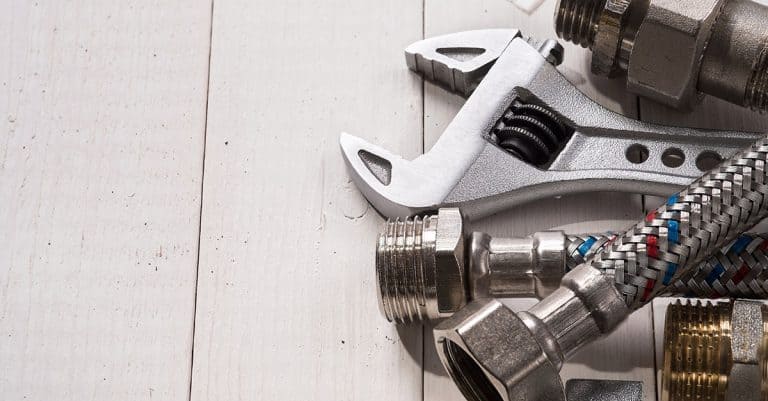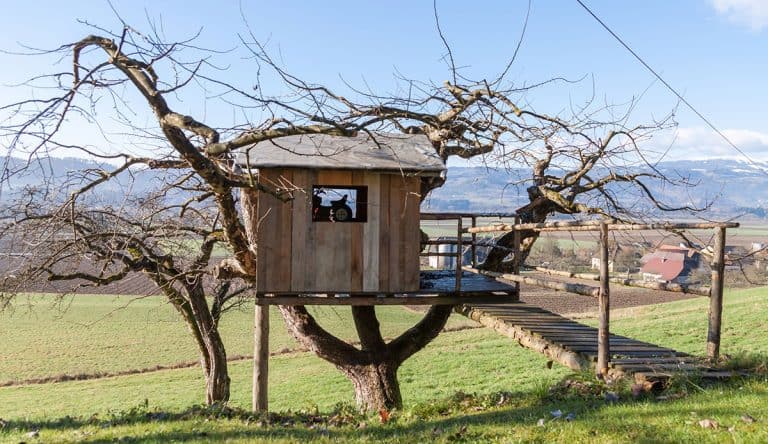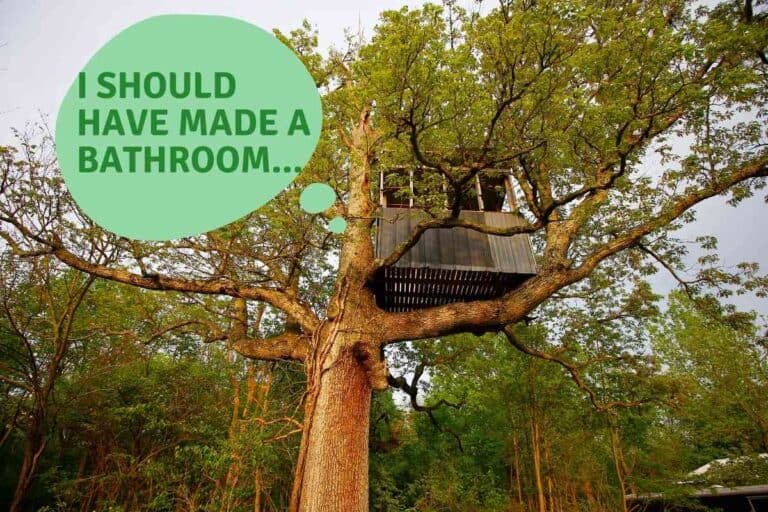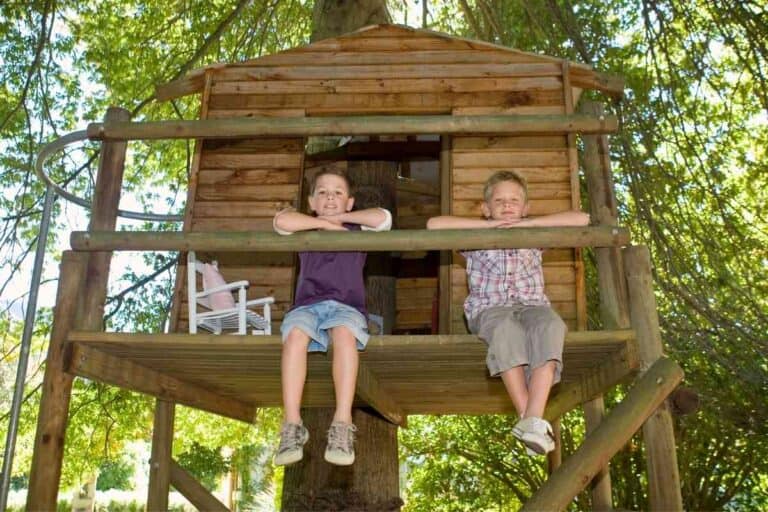What Happens to a Treehouse When the Tree Grows?
Treehouses are a great part of most of our childhood memories. From being our secret hideouts to inviting friends over to create a boys or girls only club, treehouses have been that significant spot to many of us.
Often, treehouses would be built or attached to trees that are not too tall to make it easier to access. Not only will this make it safer when children climb up to their secret hideouts, but it will also be easier to clean or carry things up and down the nook.
But while this is true, have you ever wondered what happens to a treehouse when the tree grows? Many people may have the misconception that the treehouse would either get pushed higher up or be destroyed.
Fortunately, this isn’t the case with treehouses on a growing tree.
A treehouse will generally remain at the same height as it was first fixed to the tree as the tree will instead grow around the treehouse. However, some upkeeping may be necessary to ensure the treehouse remains safe and stable through the changing conditions.
Understanding How Trees Grow Around the Treehouse
To best understand what will happen to a treehouse when the tree grows, we will first look at the tree’s anatomy and how it may or may not affect the secret hiding spot you’re planning to build. In general, a tree is made of 6 parts – namely the roots, stems, leaves, seeds, flowers, and fruits.
A tree’s growth takes place in what is known as the meristem or the cell tissues that divide and create new cells over time. A meristem determines where the growth of a tree occurs, whether in the trunk, the roots, or the branch tips. The divided meristem cells will then elongate to make up the structures of the shoots or roots of the tree.
Thanks to these meristems, a tree trunk would regularly grow wider and not taller. As such, it’s highly uncommon to see your treehouse pushed upwards after you’ve built it on the tree. This meristem process, known as the vascular cambium, will push the cells from the inside of the tree toward the outside, contributing to a wider and possibly sturdier trunk.
On the other hand, your trees will only grow “taller” in the branches due to the apical meristems that are usually found by the tips of the tree branch or roots. This is an equally important process as the apical meristems are what gets the root of the tree to expand in the soil and the branches to grow outwards.
While all of these may seem confusing, understanding the anatomy of the tree will best explain what happens to a treehouse when the tree grows. As you can see, these processes would regularly mean a healthy tree will grow to have wider trunks while its branches will grow outwards and upwards. Your treehouse would then stay intact as the tree will generally grow around it over time.
A Guide to Building Safe Treehouses to a Tree
At this point, perhaps it’s easy to tell that your treehouse will essentially be unharmed even as the tree grows. However, this does not mean you should neglect the importance of building a safe treehouse, especially if you’re looking to keep the structure for a long time.
For starters, selecting the right tree is an important step to ensuring you’ll have a sturdy treehouse even as it continues to grow. Here are some of the recommended trees to build your treehouse on:
- Maple trees
- Fir trees
- Birch trees
- Cedar trees
- Apple trees
- English oak trees
- Red oak trees
These trees are regularly known to be sturdier and stronger, making it an ideal foundation to have for your treehouse. While building your treehouse, you’ll want to ensure the tree trunk receives as little exposure to possible infections as you can. Hence, it’s never recommended to chop away any branches that are firmly attached to the tree’s trunk.
Instead, it may be a better idea to work around the tree while you’re setting up your treehouse. Do ensure to leave room for the tree’s growth while you’re building the treehouse and try to reduce contact from your structure to the tree. This includes reducing the touch from the treehouse’s beams or joints to the tree’s growing branches.
When you’re looking to tighten the treehouse to the tree, it’s always recommended to use a bolt instead of nails. This is as nails can often rust and cause possible infections on the tree. Using bolts will also reduce the number of holes you will have to drill into the tree, thus making it safer and better for the tree’s health in the long run.
Many expert builders would often recommend that you consult a professional arborist when you’re looking to build a treehouse. An arborist will help you plan how to build your treehouse for a safer, sturdier, and longer-lasting structure.
How to Attach a Treehouse to a Tree
Now that you know what happens to a treehouse as the tree grows, you may wonder how to attach a treehouse next. Aside from taking the necessary precautions as we’ve mentioned above, here are 3 methods that you could use to attach a treehouse to a tree.
Sitting a Treehouse on Sunken Posts
Occasionally, you’ll find parts in a tree that is akin to a sunken post. This makes for an ideal spot on the tree to build a treehouse as it would typically hold down your structure without having to strap or bolt your treehouse to the tree.
Sitting a treehouse on these sunken posts is the most environmentally friendly way to attach a treehouse to a tree and may considerably be the healthiest method for the tree. For your safety, we’d recommend building the treehouse no higher than 10 feet off-ground. You may then build a rope or wooden ladder to help get you into the treehouse.
Bolting a Treehouse to a Tree
Bolting a treehouse is one of the most traditional methods of attaching it to the tree. This may also be the safest, as the treehouse is unlikely to come off loose during harsh weather conditions. Despite this, bolting a treehouse to a tree may be harmful to the tree if done wrongly.
If you want to bolt the treehouse to a tree, it’s recommended that you keep nails away from your project. Do keep a lookout for bolts that are made specifically for treehouses that are available at hardware stores as they can withstand the weight of a treehouse without damaging the tree while in use.
Suspending a Treehouse from the Branch
Finally, you may want to suspend a treehouse from the branch of a tree. While this method may make your treehouse look beautiful, it could be harmful to the tree as it is the most invasive method of attaching a treehouse to the tree.
Do note that you may be bound by weight restrictions by using this method to hold your treehouse up. This is as the branch or limb of the tree may not be able to withstand the weight of the treehouse structure, and when you have children in the hideout, this could make the treehouse too heavy for the branch to handle.



![How Do Treehouses Stay Up? [The Unobvious Answer!]](https://freedomresidence.com/wp-content/uploads/2022/05/How-Do-Treehouses-Stay-Up-1-768x512.jpg)


